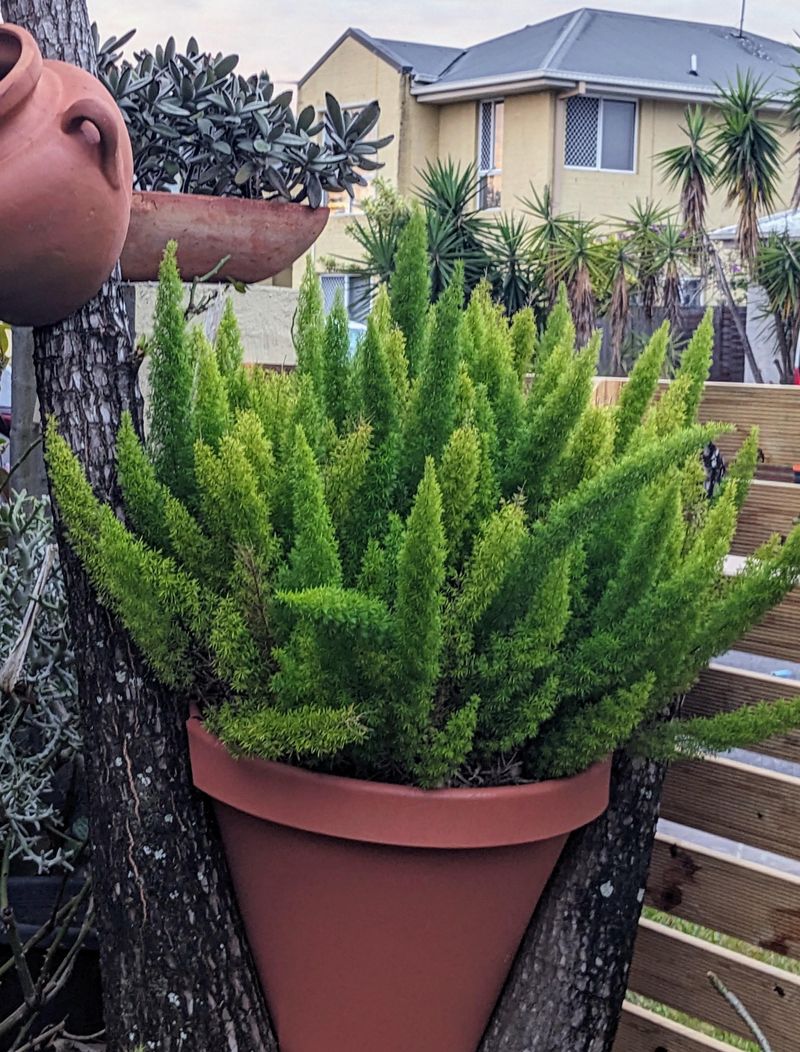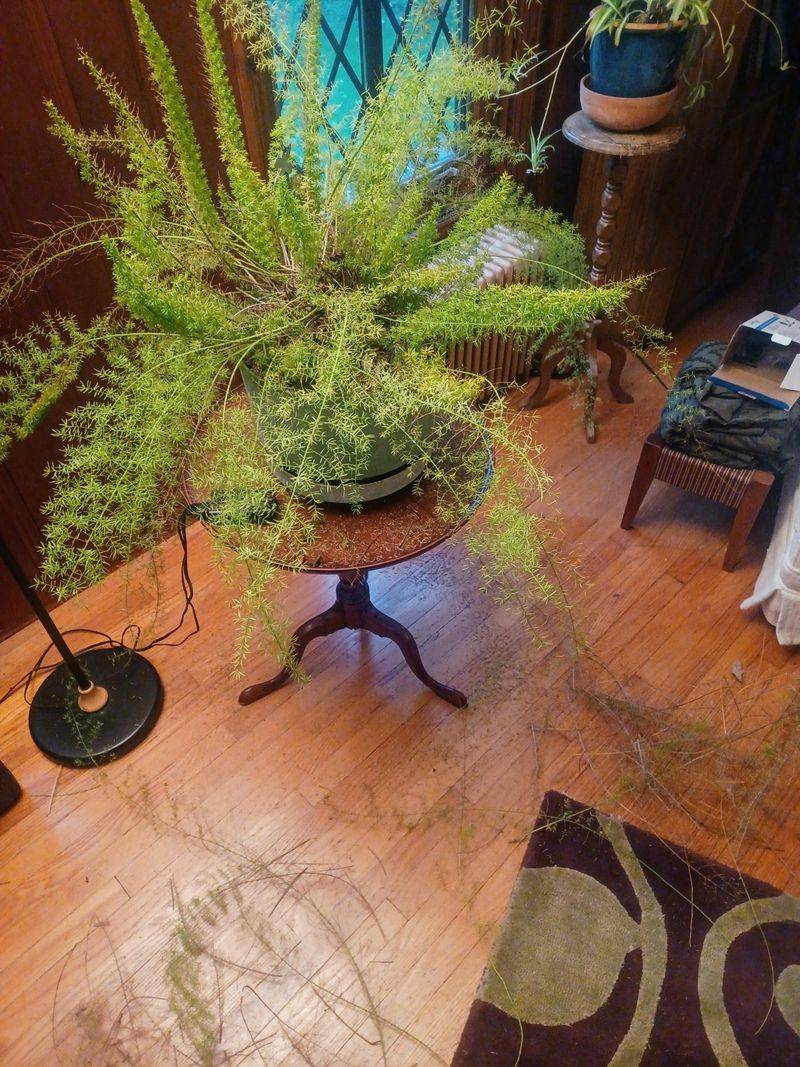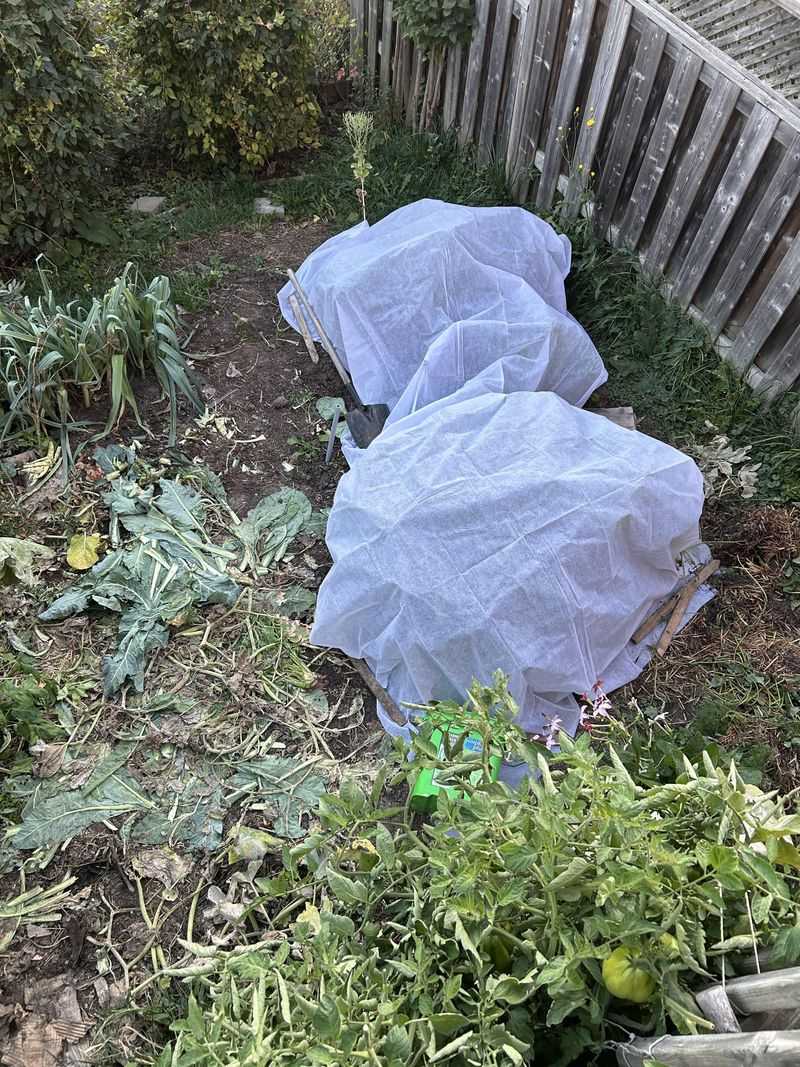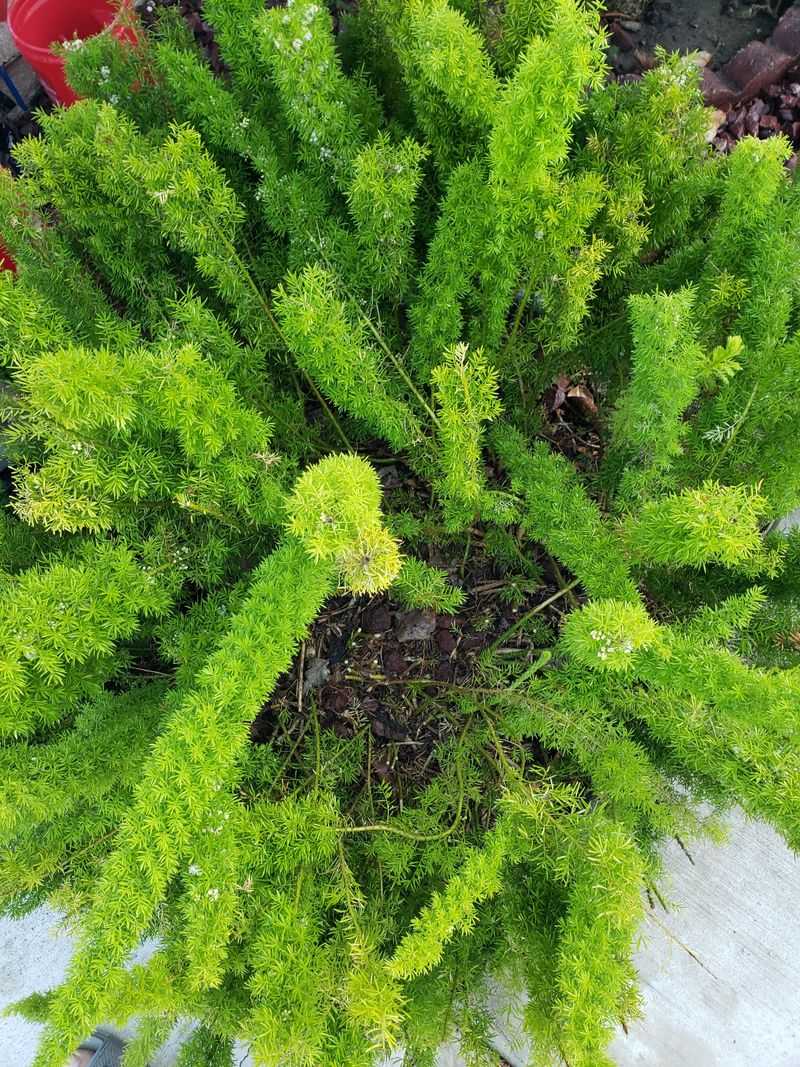Foxtail ferns pretend they’re tough year-round, but a cold snap in California can still catch them off guard. I learned that the hard way the first time mine turned yellow overnight.
It didn’t take long to figure out what they actually need to stay perky when temperatures dip. These tips will keep your plants from sulking the next time cold weather shows up.
1. Move Potted Ferns to Sheltered Spots
Container-grown foxtail ferns have one major advantage during cold weather: mobility. Before temperatures plummet in California, simply relocate your potted plants to protected areas like covered patios, garages, or near the house foundation.
Walls and overhangs trap warmth radiating from buildings, creating microclimates several degrees warmer than open garden spaces. Even moving plants just a few feet closer to your home can make a significant difference.
California gardeners often underestimate how much protection a simple roof overhang provides during frosty nights.
2. Apply Thick Mulch Around the Base
Think of mulch as a cozy blanket for your fern’s roots. Spreading a three to four-inch layer of organic material like shredded bark, leaves, or straw around the plant base insulates the root system from temperature swings.
Roots are particularly vulnerable to cold damage, and California’s occasional freezes can penetrate shallow soil quickly. Mulch slows this process considerably, giving your ferns precious extra hours of warmth.
Pull the mulch slightly away from the stems to prevent moisture buildup and potential rot issues common in California’s variable winter weather.
3. Water Wisely Before Cold Snaps
Moist soil holds heat better than dry ground, acting like a natural warming system for plant roots. California gardeners should water their foxtail ferns thoroughly a day or two before predicted cold weather arrives, ensuring the soil is damp but not waterlogged.
Saturated roots combined with freezing temperatures create a dangerous combination that damages plant tissues. The goal is evenly moist soil that releases stored warmth gradually throughout chilly nights.
Skip watering if rain recently soaked your California garden, as overly wet conditions increase cold sensitivity.
4. Cover Plants with Frost Cloth
Frost cloth works like a lightweight jacket for plants, trapping warm air while allowing moisture to escape. Drape the fabric over your foxtail ferns before sunset when cold weather threatens, securing the edges with stakes or rocks to prevent wind from blowing it away.
Many California nurseries stock these breathable covers specifically designed for plant protection. Unlike plastic sheets, frost cloth won’t trap condensation that can freeze and damage delicate fronds.
Remove the covering once morning temperatures rise above freezing to prevent overheating during California’s typically sunny winter days.
5. Create Windbreaks for Added Protection
Cold wind steals warmth from plants faster than still air, making windbreaks essential during California’s occasional winter gusts. Position temporary barriers like burlap screens, wooden panels, or even large cardboard boxes on the windward side of your ferns.
Permanent windbreaks include hedges, fences, or strategically placed shrubs that block prevailing winds year after year. California’s coastal regions especially benefit from wind protection, as ocean breezes intensify the chilling effect on sensitive plants.
Combining windbreaks with other protective measures creates multiple layers of defense against temperature extremes.
6. Bring Smaller Plants Indoors Temporarily
Why risk frost damage when you can simply bring your ferns inside? Compact foxtail ferns transition beautifully to indoor environments during California’s brief cold spells, thriving near bright windows with indirect sunlight.
Keep indoor temperatures moderate and maintain humidity by placing pots on pebble trays filled with water. Most California homes provide ideal conditions, though you’ll want to keep plants away from heating vents that dry out foliage.
Return ferns outdoors once nighttime temperatures consistently stay above forty degrees, gradually reintroducing them to prevent shock from sudden environmental changes.
7. Prune Damaged Fronds After Cold Events
Cold-damaged foliage turns brown and mushy, looking unsightly but not necessarily indicating permanent harm. Wait until California’s cold spell completely passes before assessing damage, as some fronds may recover partially.
Use clean, sharp pruners to remove obviously damaged growth, cutting back to healthy green tissue. This encourages fresh growth and prevents potential disease issues from developing in compromised plant material.
Foxtail ferns typically bounce back quickly once warmer weather returns to California, sending up new vibrant fronds from their tuberous root systems within weeks of proper pruning.
8. Group Plants Together for Shared Warmth
Plants grouped closely together create their own microclimate, sharing moisture and warmth through a process called transpiration. Arrange your foxtail ferns in clusters before cold weather hits California, positioning them shoulder-to-shoulder rather than spacing them far apart.
The collective mass of foliage traps warm air and reduces exposure to harsh conditions affecting individual plants. California gardeners with multiple ferns can maximize this effect by creating temporary groupings during winter months.
Combine this strategy with other protective measures for comprehensive cold weather defense that keeps your entire fern collection healthy.









